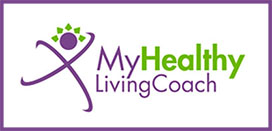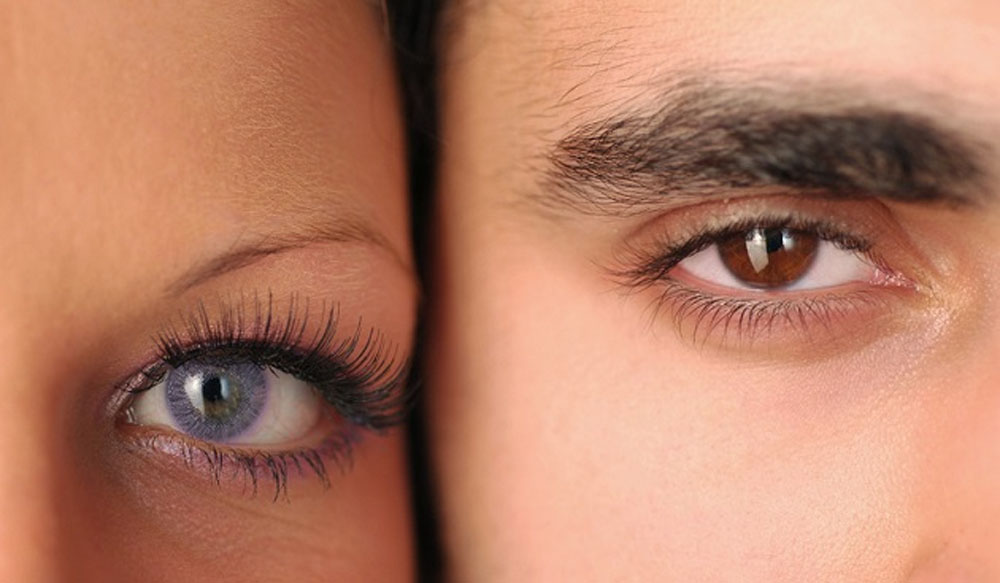Breast cancer is a devastating illness that claims the lives of over 500,000 women every year, with nearly 2 million new cases diagnosed annually. Over the past 50 years, breast cancer rates have risen dramatically all over the world, though so have survival rates. The stance of the conventional medical community is that early detection saves lives, and in many ways this is true. When detected in the early stages of development breast cancer can be treated and the patients life prolonged.
Where opinions vary is the types of detection method used. Currently, the most popular medical screening method is mammography. For decades the standard rule was that cisgendered women over age 40 should have a mammogram every year or two, more often if they have high risk factors such as a family history of breast cancer. This frequency of screening at such young ages is purported to increase the likelihood of catching and properly treating breast cancer in the early stages. But years of research is revealing that mammograms are not nearly as effective at cancer detection as we have been led to believe. Even worse, evidence is surfacing that mammograms may actually be implicated in the development of breast cancer. Yes, the very procedure supposedly used to help women may actually be contributing to the very disease for which it is screening.
What Is a Mammogram?
If youre like me, you may have heard of mammograms for years, and that women should be getting them regularly, without knowing what the word actually means. Mammograms are high energy electromagnetic waves that are shot through the breast to photograph breast tissue. Also known as x-rays, high energy electromagnetic waves can pass through opaque tissue and form a picture of the structures underneath.
Mammograms were first developed by the German surgeon, Albert Salomon in the early part of last century. They are specifically designed to capture detailed images of breast tissue. During the procedure the breast is smashed between two metal plates to make it as flat as possible, an experience most women find uncomfortable and often painful, and images from two or more angles are taken. These pictures are either printed onto transparent film or compiled into a digital 3-D image and reviewed by a radiologist for signs of irregularities.
Why Mammogram Screening Doesnt Work
Though they have been used as the primary screening agent for breast cancer for several decades, mammograms are an imperfect tool at best. Mammograms are notoriously challenging to decipher because of the density and variability of breast tissue. And they are not fool-proof. Mammograms frequently show false positives, causing hundreds of women to get further testing and even treatment that is unnecessary. They also miss tumors often, especially in women with dense breast tissue.
Even if abnormalities are detected, mammograms cannot prove the presence of breast cancer. Only the surgical removal and investigation of breast tissue, a biopsy, can determine if the breast is cancerous.
Studies have found that mammogram screening does not reduce breast cancer mortality rates. A 25-year study in Canada of 89,835 women who were 40 to 59 years old in which women either received annual mammograms plus physical breast exams or only physical exams concluded zero reduction in breast cancer mortality from mammography screening. Another study published in the New England Journal of Medicine concluded that mammograms actually help less than 2 percent of women, and women who receive mammograms are just as likely to die from from breast cancer (if it is present) as women who do not.
What mammograms have done is lead to many cases of over-diagnosis and misdiagnosis. Over one-fifth of invasive cancers detected by mammography turn out to be harmless. In many cases, women are treated for breast cancer, including suffering through chemotherapy and the removal of breasts, when no such cancer was present. Statistics show that there is one mis-diagnosis of breast cancer for every 424 women who received mammography screening. For every 2000 women screened for 10 years, one will have her life prolonged. 10 women who would not have been diagnosed if they had not been screened with mammography will receive unnecessary treatment.
How Mammograms Contribute to Cancer
But worse than simply being ineffective, mammograms may actually contribute to the development of the very disease they were designed to help eradicate. Breast cancer is caused by a number of genetic, environmental, dietary, and lifestyle factors. The most clearly documented causes of breast cancer are estrogen overload and exposure to ionizing radiation. Excess estrogen and ionizing radiation excite the system in a negative way, leading to inflammation, fibrosis, edema, and interruption of the regulatory processes that govern cellular communication and growth. And mammograms are produced by exposing the breasts to ionizing radiation.
Dr. Marijke Jansen-van der Weide, a radiologist at the Groningen University medical center in the Netherlands, conducted a composite study that determined that in women with a family history of breast cancer, mammograms can actually cause the disease. Women at high-risk for breast cancer who received periodic mammograms were 150 percent more likely to develop it than high-risk women who did not undergo mammography radiation.
The low-dose ionizing radiation of mammograms differs from the high energy radiation of chest and most other x-rays. One mammogram can douse the patient with as much as 1,000 times as much radiation as she would receive from a standard chest x-ray.
Another researcher studying the effects of mammograms on breast cancer rates, Dr. Russell Blaylock, estimates that the risk of developing breast cancer is raised by one to two percent with each mammogram. Pre-menopausal breast tissue is even more susceptible to this type of radiation. That means that women who are screened annually for 10 years have up to a 20 percent higher risk of developing cancer, and this only increases with each subsequent mammogram. They are also at an increasingly higher risk for false positive readings and undergoing unnecessary biopsies and cancer treatment.
In addition to this, approximately one to two percent of women carry the ataxia-telangiectasia gene unawares, increasing their sensitivity to the carcinogenic effects of mammogram radiation. The danger for all women is even higher with many 3-D mammography, because uses more radiation than most standard 2-view mammograms to produce the digital three dimensional images.
All of these factors combine to show that in most cases mammograms are doing more harm than good. The increase of breast cancer cases over the past few decades may actually be caused by the increase of mammograms, and they may be taking as many or more lives than they are saving.
Alternative Breast Cancer Screenings
The tried and true method for detecting abnormalities is physical breast exams, both self-exams and exams by a physician. It is important to note, however, that womens breasts change over the course of monthly cycles, and over the course of lifetimes. Occasional pain and difference in shape and size may be caused by hormonal and dietary shifts, and the natural effects of aging. Up to 80 percent of breast lumps are non-cancerous and require no treatment.
But breast self-exams are important for knowing the topography of your breasts. Breast tissue is as sensitive as fetal tissue. It is deeply connected to the lymphatic and endocrine systems. For many women, the breasts are an indicator of overall health and wellbeing. Being connected to the state of the breasts over the course of a month and a lifetime is important for feeling the state of the entire body. While doctors can help protect and restore health, true awareness comes from paying attention to ones body all the time. And if you are in tune with your breasts all the time, it will be easier to be aware if something is wrong, even without a blast of radiation.
There are also medical alternatives to mammography that are proving quite useful. Thermography, the use of infrared sensors to detect the byproducts of biochemical reactions, is a new technology that does not use radiation or compression to screen breasts. Because they are based on internal heat from breast tissue, the results of thermograms are not dependent on breast density. Thermograms can detect the formation of potentially cancerous tumors up to 10 years earlier than mammograms. Breast thermography can detect the formation of new blood vessels. Also known as angiogenesis, this blood vessel formation is required for tumor growth.
Another technique for observing breast cancer is ultrasound examination. Ultrasounds use high frequency sound waves to create a structural image based on the echoes made inside the breast. They are significantly more accurate at showing cancerous activity than ionic mammography, and can distinguish between solid masses and fluidic cysts. Magnetic Resonance Imaging (MRI) is also a way to detect cancerous activity with minimal toxic exposure. Finally, Computed Tomography Laser Mammography (CTLM) uses laser light and thermal heat to create breast images without any radiation exposure.
Protecting Your Breasts
Knowing that they are not completely effective and may even be harmful, one might ask why mammograms are still recommended so profusely and even subsidized by public health agencies. Unfortunately, mammography is a multi-billion dollar industry. On the surface, it could seem to be working women are diagnosed with cancer based on mammograms results, treated with radiation and mastectomies, and become survivors. But what if they live in spite of mammography, not because of it?
In cancer protection as in so much of life, an ounce of prevention is worth a pound of cure. Breast cancer risk is reduced by avoiding unnecessary radiation, reducing estrogen intake (avoiding soy and muscle meat, eliminating body products that contain parabens and shying away from hormone treatments during menopause), exercising and remaining active as women age, preventing obesity (especially abdominal obesity), reducing inflammation, avoiding smoking and alcohol, and eating a healthy reduced-toxin diet with plenty of vegetables and healthy fats.
Breast health is a complex topic with many factors, and no one is certain of the best way to detect it. But there is enough negative evidence about the use of mammograms to make it clear that they are not serving the protective function for which they were designed. Even worse, mammography may actually be contributing to the development of the very disease it was designed to stop. However the mammogram debate unfolds, caring for your breast health and seeking alternative diagnostic and treatment options may be your best move to protect your health.
Sources:
Institute of Medicine
New England Journal of Medicine
Institute for Natural Healing
Dr. Mercola
Cancer Active
Breast Thermography








